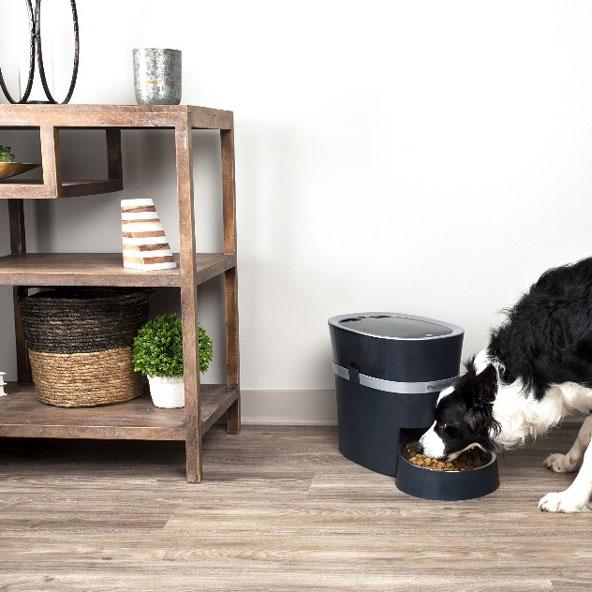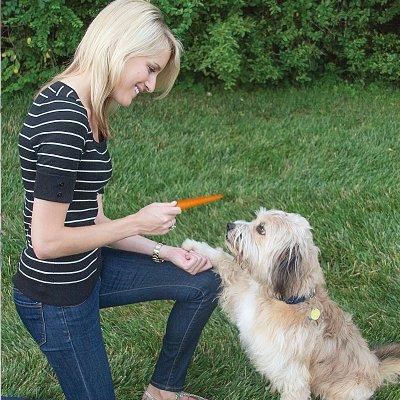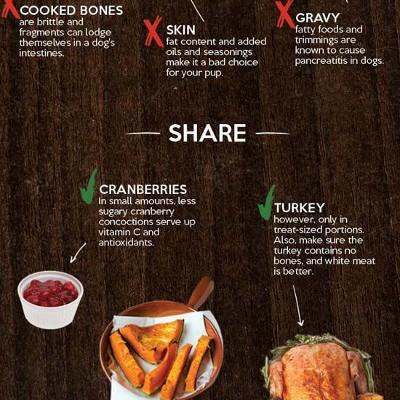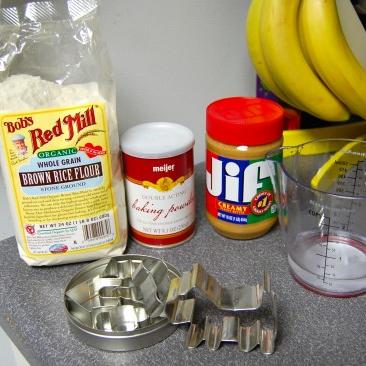"Grain-free," "gluten-free," "natural," "organic". You will find these terms on many pet food labels today. What do these words really mean? Do they really provide better nutrition? Or is it all just marketing? Let's take a closer look.
Do Dogs & Cats Need Grains?
 Grain-free pet foods are very popular right now. There is a lot of misinformation when it comes to the subject of grains. First, grain-free does not mean carbohydrate-free. Canned foods have always been no or low-carb. Dry foods cannot be made without carbohydrates. So if a company wants to make grain-free dry food, they will need to use another carbohydrate source in place of the grain.
Grain-free pet foods are very popular right now. There is a lot of misinformation when it comes to the subject of grains. First, grain-free does not mean carbohydrate-free. Canned foods have always been no or low-carb. Dry foods cannot be made without carbohydrates. So if a company wants to make grain-free dry food, they will need to use another carbohydrate source in place of the grain.
Dogs are omnivores. Cats are carnivores. Technically, neither require carbohydrates in their diet. But they are able to digest and use carbohydrates as part of a complete and balanced diet. Dogs and cats use grains the same way they use other carbohydrates like potatoes or green peas. They digest rice the same way they would a potato. The important thing is that the ingredient provide the necessary nutrients, not where the nutrients came from. The body can't tell the difference between a sweet potato and rice.
Are Grains Linked to Diseases & Obesity?
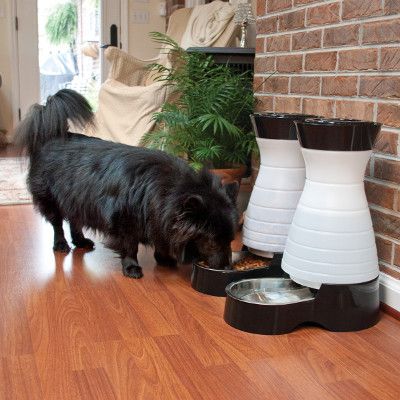 Grains and carbohydrates in general have gotten some bad press lately. Grains have been blamed for the increase in diabetes in dogs and cats. The most common form of diabetes in dogs is very similar to Type 1 diabetes in people. This form of diabetes is caused by destruction of the beta cells in the pancreas. It is not caused by diet.
Grains and carbohydrates in general have gotten some bad press lately. Grains have been blamed for the increase in diabetes in dogs and cats. The most common form of diabetes in dogs is very similar to Type 1 diabetes in people. This form of diabetes is caused by destruction of the beta cells in the pancreas. It is not caused by diet.
For cats, the biggest risk factor for diabetes is obesity. Obesity is caused by eating too many calories. Once diagnosed with diabetes, cats do seem to maintain blood sugar levels better with a low-carbohydrate diet. But their diabetes was not caused by eating grain. The most important thing for all diabetics is to maintain a healthy weight.
Some people have blamed grains for the obesity epidemic in this country. Eating too much of any food, especially those high in calories, can lead to obesity. Many grain-free dog foods are 500 calories a cup or more. Grain-free cat food can be over 600 calories a cup. This can be over 100 calories more per cup than most dry foods! That's a lot of extra calories! If you change your pet's food, be sure to check the calorie content. You may need to change the amount of food you are feeding.
Grains contain protein and fiber. They contain essential fatty acids, vitamins, and minerals. They are not just "cheap fillers". In fact, some of the simple carbohydrates being used instead of grain are less nutritious than the grain.
"Gluten-free" has started to appear on some pet food labels. What is gluten? Gluten is the protein part of wheat. Should you avoid buying pet foods that contain gluten? No. Not unless your dog or cat has been diagnosed with a wheat or gluten sensitivity.
Are Natural Foods Better than Standard Foods?
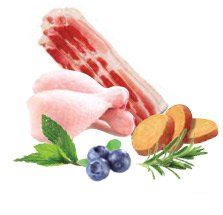 Another hot topic in the pet food industry is the "natural" food craze. Natural pet food and treats are the fastest growing product category. But what does the term "natural" mean?
Another hot topic in the pet food industry is the "natural" food craze. Natural pet food and treats are the fastest growing product category. But what does the term "natural" mean?
For many people, "natural" means unprocessed and free from chemical additives or artificial preservatives. But is that what the pet food companies mean when they say "natural"? The Association of American Feed Control Officials (AAFCO), sets certain standards for pet food. However, these standards are not laws. Natural pet food is required to use only natural preservatives like vitamin E (mixed tocopherols). Added vitamins and minerals may be synthetic.
 Be aware that the term "natural" may only apply to one of the ingredients in the food and not the finished product. For example, "Aunt Alma's Dog Treats with Natural Cheese Flavor" means only the cheese flavor is natural. The rest of the product may be completely synthetic.
Be aware that the term "natural" may only apply to one of the ingredients in the food and not the finished product. For example, "Aunt Alma's Dog Treats with Natural Cheese Flavor" means only the cheese flavor is natural. The rest of the product may be completely synthetic.
There are so many choices. So many pet food companies. How do you know what is best for your pet? Grains are not bad for your pet. There are many grain-free diets that provide excellent nutrition. But they do not necessarily provide any health benefits over foods that do contain grains. Each food should be evaluated on it's overall nutritional profile and not on individual ingredients. It is important to pick a food made by a company that you trust. If you are not sure about a company, you can always check with your local veterinarian or veterinary nutritionist. They can give you a list of trusted pet food companies.



